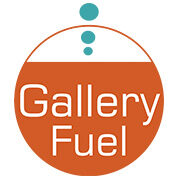If your art gallery’s website is insecure, you could soon lose traffic and business.
Here are a few steps you should take as part of your art gallery’s operational policy for maintaining a secure website.
![]() This article is for members only.
This article is for members only.
Learn more about becoming a member and let Gallery Fuel help you master the sales and marketing strategies you need for your gallery's future.
Already a member? Login below.

